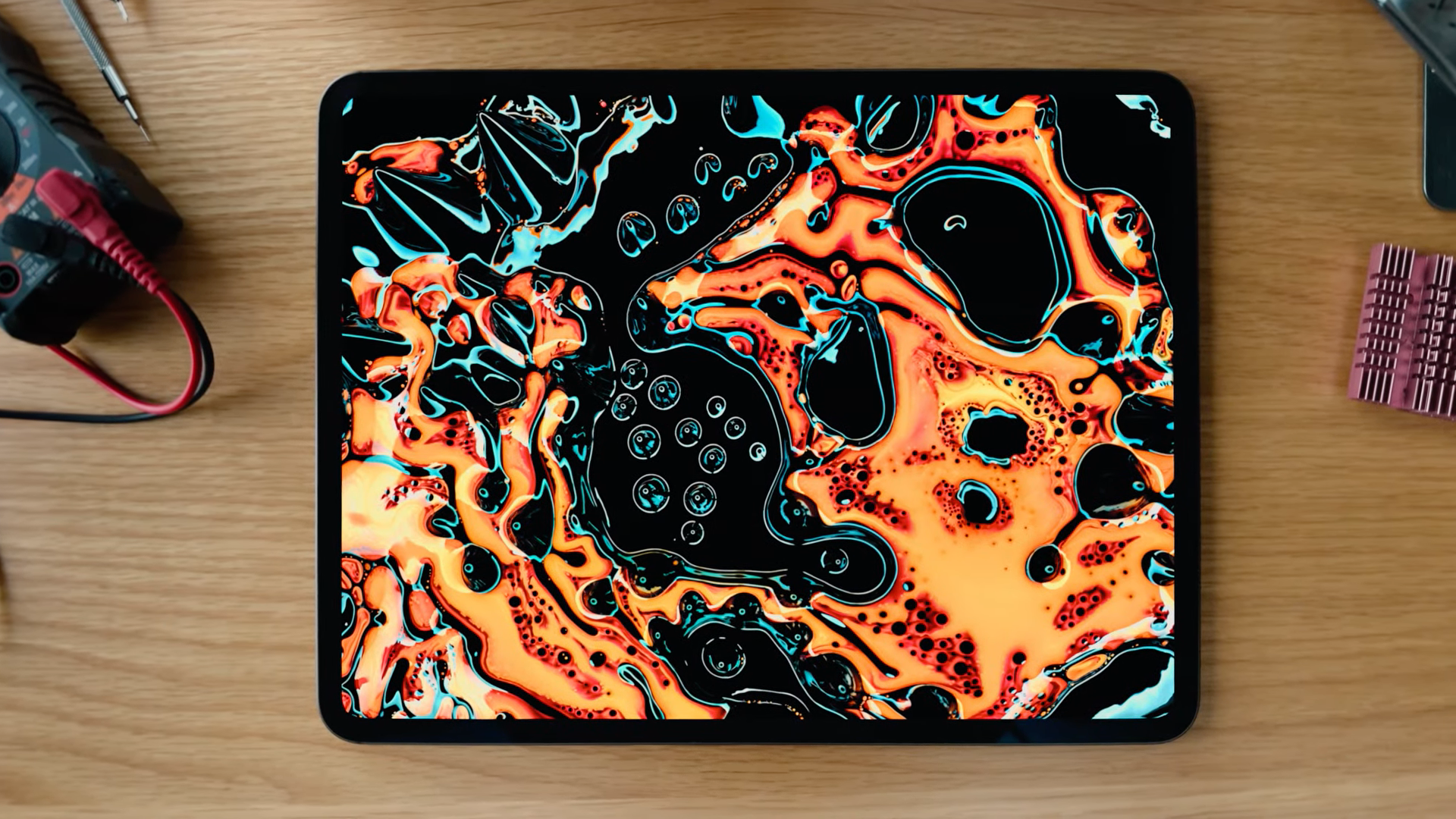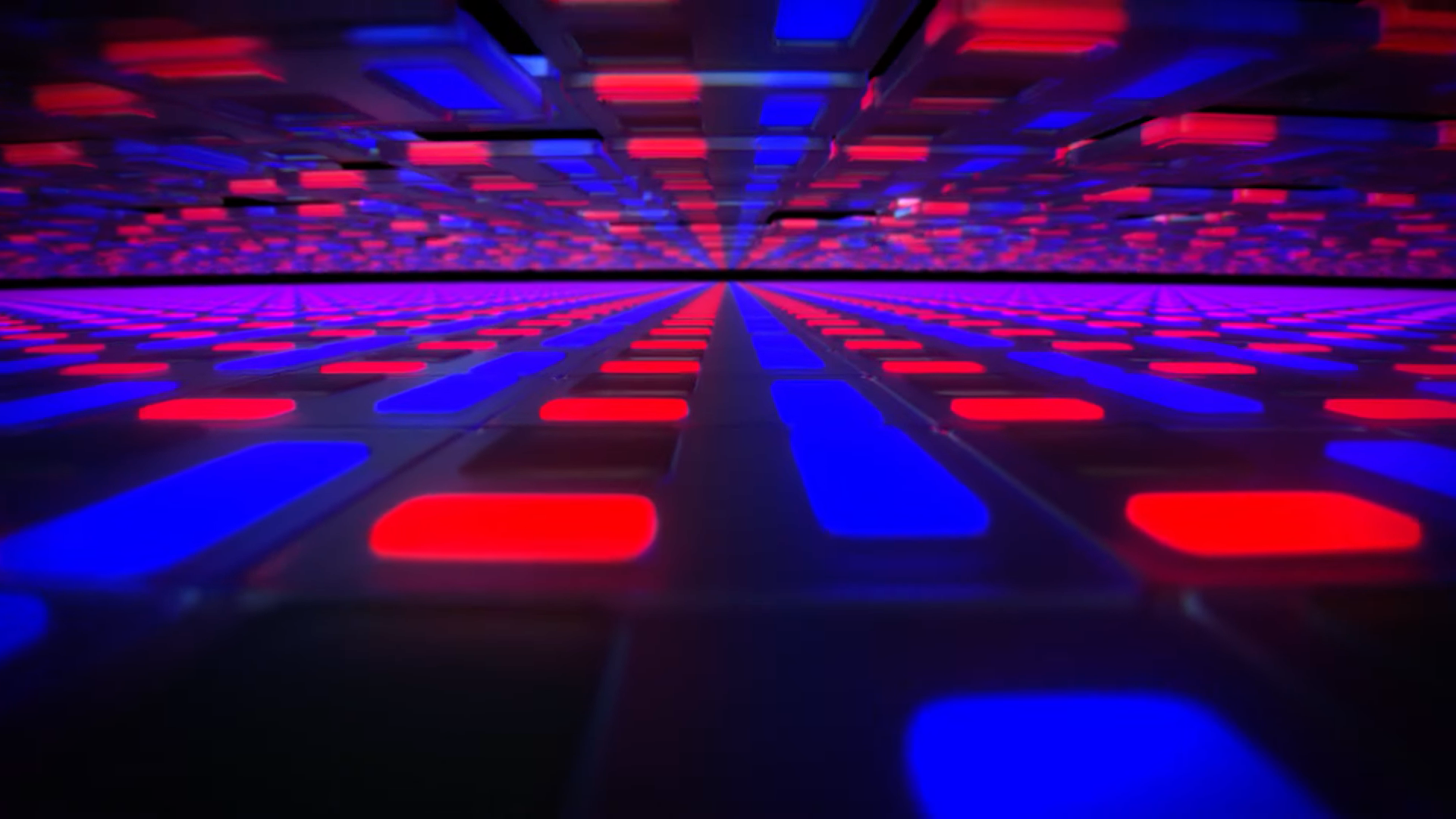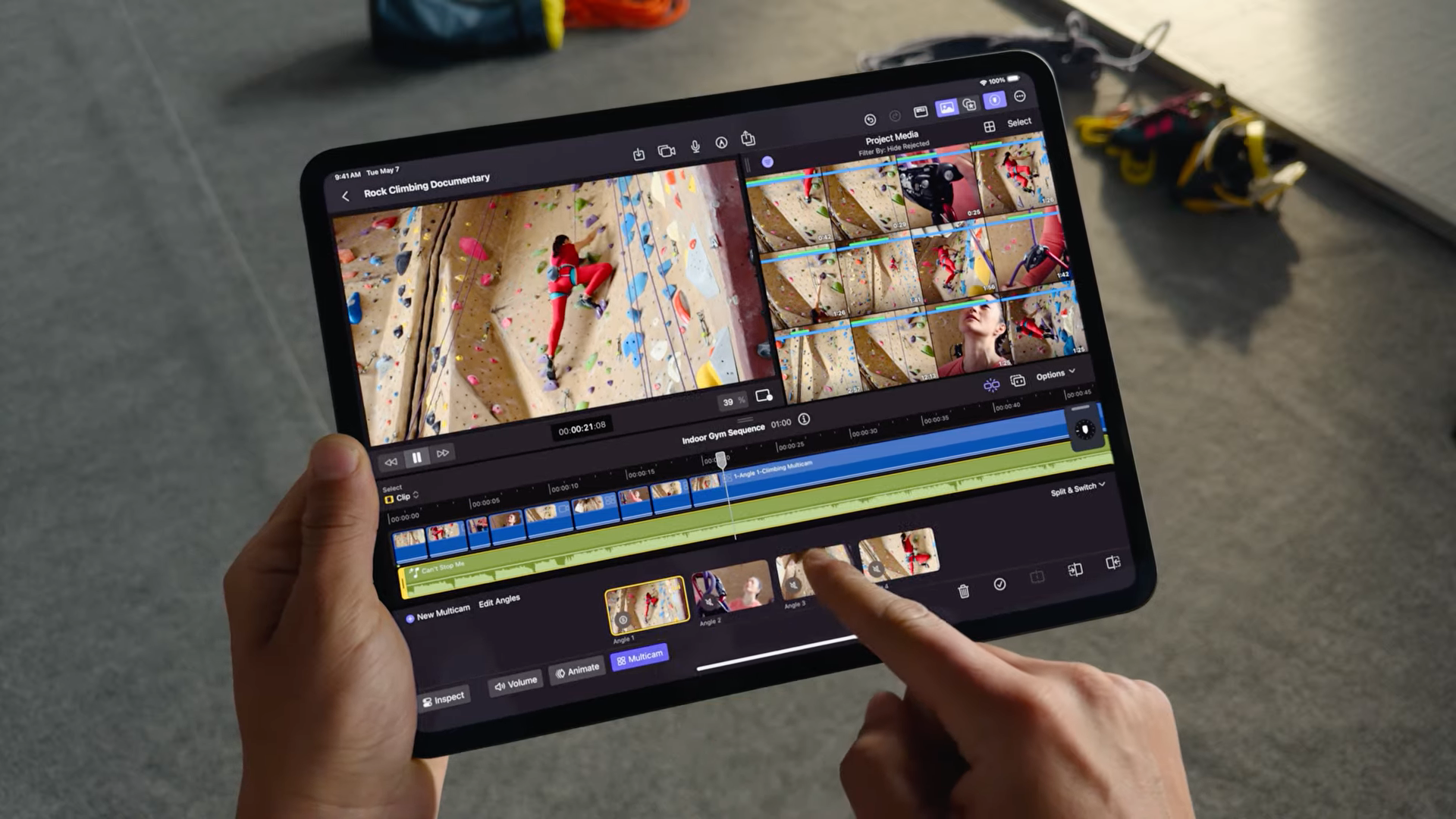The iPad Pro 2024's new Tandem OLED screen explained: why it's important, and why it took so long to come
What 'Ultra Retina XDR' really means

The iPad Pro 2024 was announced at Apple's May 2024 event, and as predicted, it arrived with an OLED screen for the first time. The 12.9-inch iPad Pro 2022 (and the previous model) used a mini-LED screen for high brightness and strong contrast, while the 11-inch iPad Pro models had all used regular LED displays.
This time, both models get the advanced OLED display, which Apple highlighted as using a special 'Tandem OLED' screen, which it's calling 'Ultra Retina XDR'. You've probably seen that other pro tablets – including the Samsung Galaxy Tab S9 Ultra – have used OLED before, so you're probably wondering if there's anything actually new here. Or whether it's Apple giving standard tech a fancy name to announce that it's finally jumped on the OLED bandwagon.
In fact, there is something different and important to the new iPad Pro's OLED screen, and there's a reason why Apple didn't use the tech until now, and it all comes down to that 'Tandem' part.
What is Tandem OLED?

If you watched Apple's iPad event video, it was explained clearly (but briefly) in there, but here's the gist: Tandem OLED is essentially two layers of OLED pixels layered on top of each other to create one consistent screen.
The goal here is not to double the resolution, it's to provide more light and better efficiency; we'll come to exactly what problems are being solved in a moment, but it's a big deal.
As you might expect, this is thought to make it much more expensive to produce, and work on developing these screens has only recently reached the stage where they can be mass-produced on the kind of scale Apple needs.
Reports have been swirling since 2021 that Apple has rejected OLED for the iPad Pro due to issues with the longevity of the screens, and has been pushing for the development of Tandem OLED since that time. Now that the tech is finally ready, here we are.
Sign up for breaking news, reviews, opinion, top tech deals, and more.
What problems does Tandem OLED fix?
There are two historic issues with OLED screens, whether that's on the best OLED TVs, the best laptops or the best phones.
The first is brightness. OLED screens are not especially bright compared to what you can do with LED/LCD screens. And this is a problem with any device that will be used in sunlight or any bright environment, because it means you'll face reflections that interfere with what you're seeing.
The second is 'burn-in'. OLED screens are prone to an problem where images that stay on an OLED screen for a very long time, such as the Taskbar in Windows, or the floating 'Home' bar on iPadOS, may become imprinted on the display permanently, leaving a ghost image that's always there, even when you have something else displayed.
These two problems are somewhat connected: you could make OLED screens brighter by pushing more power through them, but that generates a lot more heat, and heat is a big factor in causing burn-in.
Tandem OLED screens, like the new iPad Pro's, are supposed to solve both of these issues by, essentially, throwing pixels at the problem.
With two layers of OLED pixels, there is literally twice as much light being produced, because OLED pixels generate their own light. This allows Apple to reach 1,600 nits of peak HDR brightness and 1,000 nits of fullscreen HDR brightness, which is exactly what the previous iPad Pro could achieve using a mini-LED screen. This is way beyond what other large OLED screens manage, especially for the fullscreen brightness. For comparison, the brightest fullscreen OLED TV measurement we've ever taken is 318 nits, during our Samsung S95D review. Apple is delivering triple that – albeit, in a much smaller screen.
That solves the brightness issue, but what about burn-in? Well, the other advantage of using two layers of pixels is that if you're using the device at a more standard brightness (as you will be the vast majority of the time), each layer can run less bright than a single layer would have to, making each more efficient in terms of energy and heat use. That helps to reduce a key cause of burn-in, and should help to keep the screen going for longer in general.
At least, these are the goals of Tandem OLED as a technology. And all while keeping the things that OLED is renowned for, including excellent image quality from all viewing angle, superb color reproduction and – of course – unmatched per-pixel contrast and realistic black tones.

How will it compare to the previous iPad Pro screen?
On the 11-inch iPad Pro 2024, it'll be night and day compared to the previous model, which basically uses a boosted version of what's in the iPad Air. That's a maximum of 600 nits of brightness, no contrast-boosting local dimming, and no HDR support. With nearly double the fullscreen brightness – and nearly triple the HDR highlights brightness – and the true black tones of OLED, it'll be like leaping five years into the future.
My understanding is that the 11-inch iPad Pro never got the mini-LED screen because it would've meant making the tablet thicker than was really ideal, given that portability is paramount for a lot of people choosing the smaller iPad Pro. So the smaller Pro lagged behind the big Pro, but has now caught up in a big way.
On the 13-inch iPad Pro 2024, the differences between the new OLED model and the previous mini-LEDs models is likely to be more subtle. The figures of 1,600 nits of peak HDR brightness and 1,000 nits of fullscreen brightness are exactly what was offered before. So it won't offer much difference in terms of the HDR dazzle (though the addition of an optional reflection-beating glass finish will help the dazzle stand out even more).
The interesting difference will at be when it comes to moody, dark tones. The OLED screen should provide more nuance in deep-gray tones for movies and photos, and an overall more precise image for anyone doing pro video/image work on it… but I suspect that even this difference will be subtle to anyone except the real pros. Apple was already using a seriously high-end mini-LED backlight with a huge number of dimming zones, and minimal bleeding of light from bright areas into dark areas (which is the problem with LED/LCD screens).
I don't doubt that the new 13-inch iPad Pro's screen will be slightly better, but given that it's the same resolution and same overall HDR brightness range, it may not be a drastic visual revolution. The real revolution may be in how thin and light it allows the tablet to be compared to the mini-LED version.
We'll have our hands on them to test soon, in any case, and judge the difference in real life.

Matt is TechRadar's Managing Editor for Entertainment, meaning he's in charge of persuading our team of writers and reviewers to watch the latest TV shows and movies on gorgeous TVs and listen to fantastic speakers and headphones. It's a tough task, as you can imagine. Matt has over a decade of experience in tech publishing, and previously ran the TV & audio coverage for our colleagues at T3.com, and before that he edited T3 magazine. During his career, he's also contributed to places as varied as Creative Bloq, PC Gamer, PetsRadar, MacLife, and Edge. TV and movie nerdism is his speciality, and he goes to the cinema three times a week. He's always happy to explain the virtues of Dolby Vision over a drink, but he might need to use props, like he's explaining the offside rule.